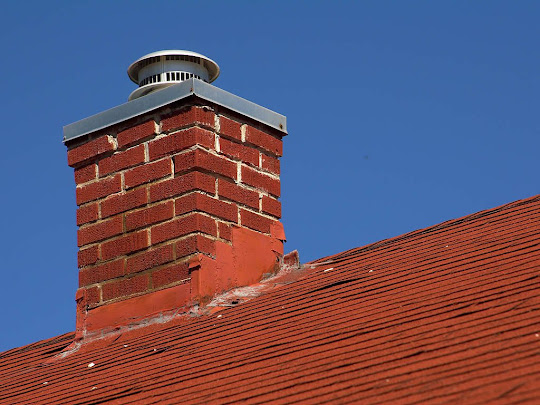Different Types of Chimneys Found in Homes and Other Buildings
Fireplaces and chimneys are staples in most houses in North America— installed to provide both warmth and coziness in homes, especially in the winter months.
What Is A Chimney?
A chimney resembles a pipe or a vertical channel, with its main function being to conduct and disperse combustion gases and smoke from an attached fireplace or furnace through the roof of a house or building, into the atmosphere. What a chimney does is ultimately prevent carcinogenic smoke and fumes from releasing throughout the interior of your home.
Additionally, chimneys serve an important aesthetic and architectural function to a house or building’s exterior.
How Does A Chimney Work?
Although we usually take chimneys for granted, sometimes the question of how they really function does come up. And the science behind them is fascinating.
As we said before, chimneys remove unwanted byproduct gases from within the home’s atmosphere. Every fireplace must have a chimney attached in order to transfer the potentially toxic fumes out of the house. This is a reference to an important feature of a well-functioning chimney, which is its airflow.
In a similar way that moist, warm air escapes through the attic of a home; smoke exits through the chimney. This is known as the stack effect, whereas the draft is the air that travels up and out of the chimney. A properly built, well-functioning chimney always has a strong draft that efficiently expels a fireplace’s smoke into the outside air.
The 4 main factors that affect the draft of a chimney are the chimney’s height, the flue, overall air pressure, and obstructions/damages to the chimney. These will determine how efficiently your chimney functions, and are the things that need to be inspected if you suspect your chimney isn’t working as well as it should be.
Types Of Chimneys
Masonry Chimneys
This is considered the “standard” chimney by most— it’s typically built with materials such as brick, stone, cement, mortar, or block. Most masonry chimneys are accompanied by the installation of masonry fireplaces.
The bricks of this type of chimney have the ability to absorb heat, which is especially helpful in winter when the heat helps keep the rest of the house warm.
Masonry chimneys and fireplaces are very aesthetically pleasing, in that they have a rustic and handcrafted charm. This adds extra value to your home in the long run.
These chimneys are very durable in quality, with the potential to last as long as the structure of your house. You just have to make sure that you provide proper maintenance and regular cleaning to your chimney to extend its life.
.jpg)
.jpg)
.jpg)

Comments
Post a Comment